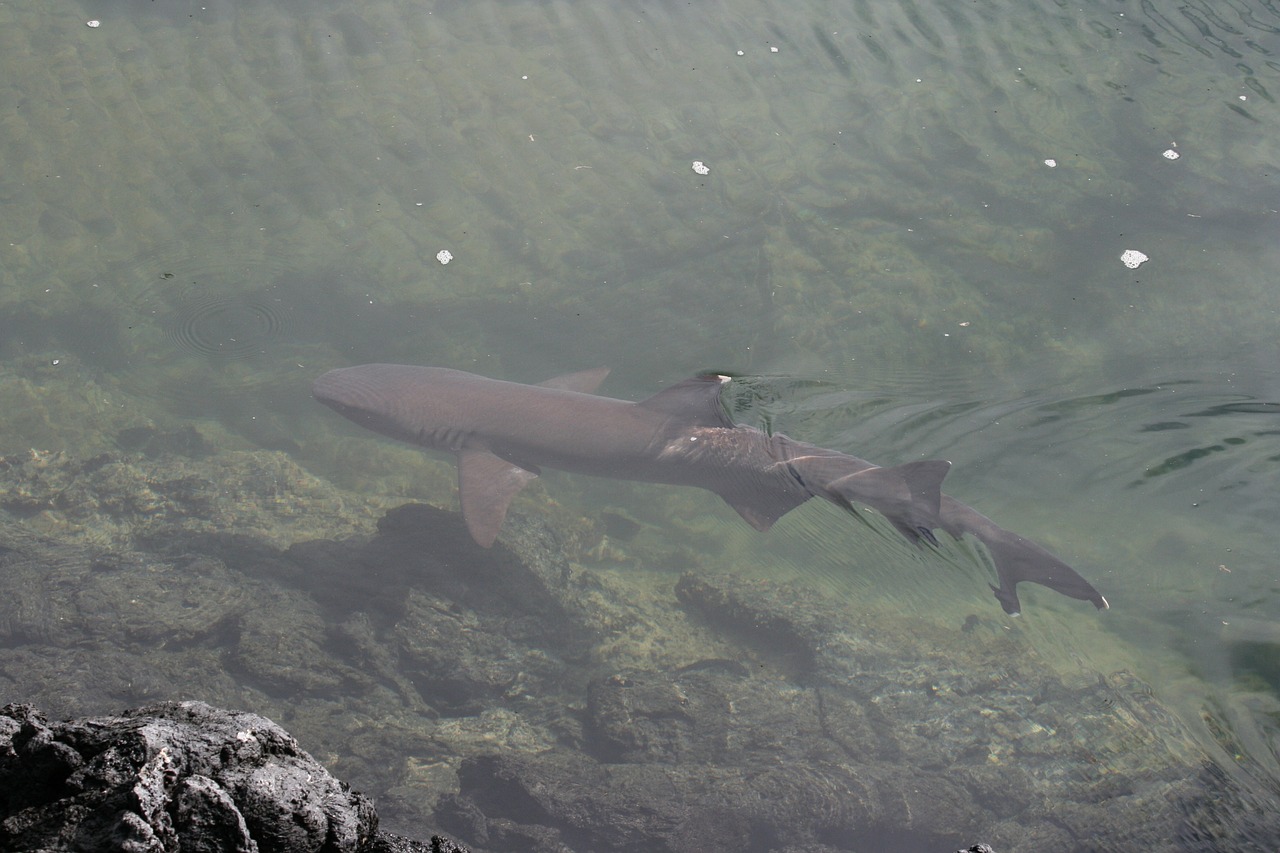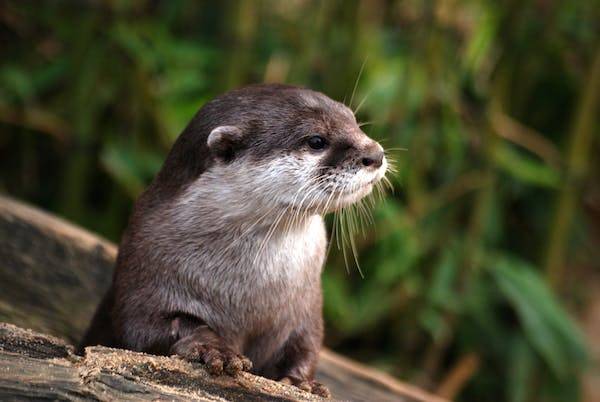Bowhead Whale
The bowhead whale is a beautiful and puzzling animal that lives in the icy waters of the Arctic and subarctic regions. The Bowhead whale is one of the most fascinating marine mammals due to its remarkable appearance and fascinating traits.
We shall look at many aspects of the bowhead in the next section. whale, including its size, lifespan, conservation status, and unique adaptations. This species has captured the curiosity of marine enthusiasts and researchers alike, drawing attention not only for its colossal size but also for its impressive lifespan and unique adaptations.
Bowhead Whale Size
One of the most distinctive features of the bowhead whale is its impressive size. These marine giants are renowned for being among the largest animals on Earth. Adult bowhead whales can reach lengths of up to 60 feet (18 meters) or more, making them formidable inhabitants of the icy northern seas.
The sheer magnitude of their size is a testament to the incredible adaptations that allow them to thrive in their harsh Arctic environment.
How Long Does a Bowhead Whale Live?
The lifespan of bowhead whales is equally remarkable. These majestic creatures have been known to live for over 200 years, making them some of the longest-lived mammals on the planet.
Scientists believe that their longevity is linked to the cold temperatures of their habitat, which may slow down the aging process. The bowhead whale’s ability to endure the challenges of the Arctic environment contributes to their extraordinary lifespan.
Bowhead Whale Lifespan
The Bowhead whale boasts an impressive lifespan, making it one of the longest-living mammals in the world. These majestic creatures can survive for over 200 years, with some individuals believed to have surpassed the two-century mark.
The exact reasons behind their extraordinary longevity remain a subject of scientific investigation, but it is thought to be linked to their slow metabolism and the unique genetic adaptations that come with their extreme environment.
Are Bowhead Whales Endangered?
The conservation status of bowhead whales has garnered attention due to historical overexploitation by commercial whalers. However, in recent years, conservation efforts have led to a gradual recovery of their populations.
Bowhead whales are currently classified as a species of least concern on the International Union for Conservation of Nature (IUCN) Red List. Stricter regulations and protective measures have played a crucial role in safeguarding these magnificent creatures and ensuring their survival for future generations.
Bowhead Whale Weight
In addition to their considerable length, bowhead whales are also known for their impressive weight. Adult bowheads can weigh up to 100 tons or more, making them a heavyweight contender in the marine mammal world.
Their robust build and thick blubber layer contribute to their ability to navigate icy waters and endure the challenges of their Arctic habitat.
Age of Bowhead Whale
Determining the age of a bowhead whale is a unique challenge for scientists. Unlike other whales, bowheads lack a dorsal fin, making traditional age estimation methods difficult. Researchers often use earplugs or ear plugs made of wax-like substances found in the ear canals of bowheads to estimate their age.
These earplugs contain layer patterns similar to tree rings, allowing scientists to approximate the age of individual whales.
Bowhead Whale Mouth
The mouth of a bowhead whale is another fascinating aspect of their anatomy. Unlike other baleen whales, bowheads possess the longest baleen plates, which can exceed 13 feet (4 meters) in length. These comb-like plates are used by the whales to filter out tiny organisms, such as krill and small fish, from the water.
The bowhead whale’s specialized feeding apparatus is a key adaptation that enables them to thrive in their Arctic environment. These plates are used to filter tiny Crustaceans, plankton, and small fish from the water, serving as the primary source of sustenance for these massive creatures.
Which Whale Can Break Ice?
One of the most impressive feats associated with bowhead whales is their ability to break through thick sea ice. Their powerful and robust heads, which make up about one-third of their total body length, are uniquely designed to plow through ice, creating openings for breathing and accessing open water.
This adaptation is essential for their survival in the ice-covered Arctic seas, where other whales would struggle to navigate.
Their powerful, rounded heads are equipped with dense, reinforced skulls that enable them to navigate through the ice-covered Arctic waters. This adaptation allows them to create and maintain breathing holes, crucial for their survival in the icy expanses they call home.
In short
The bowhead whale, with its colossal size, remarkable lifespan, and unique adaptations, stands as a testament to the wonders of the natural world. While challenges persist, conservation efforts have contributed to the recovery of their populations.
Understanding and appreciating these majestic creatures is crucial for ensuring the continued well-being of the bowhead whale and the delicate ecosystems they inhabit in the Arctic seas.
With their colossal size, impressive lifespan, and unique adaptations, these giants of the Arctic continue to capture the imagination of scientists and nature enthusiasts alike. While their populations are currently on a path to recovery, continued conservation efforts remain crucial to ensure the sustained well-being of this majestic species for generations to come.




